At 55, the Englishman Christian Levett divides his life between London, Monte Carlo, Mougins, and Florence. After a brilliant career in finance, he turned his passion for art into a full-time pursuit, building one of the world’s most important collections of ancient art and showcasing it in the museum he founded in 2011, the Mougins Museum of Classical Art. He later sold the collection and took a new direction. His current focus is on female artists, the centerpiece of FAMM, the museum he inaugurated in 2024 on the foundations of its predecessor. We met him in his Florentine palace-museum to hear his story and the background to this radical change.
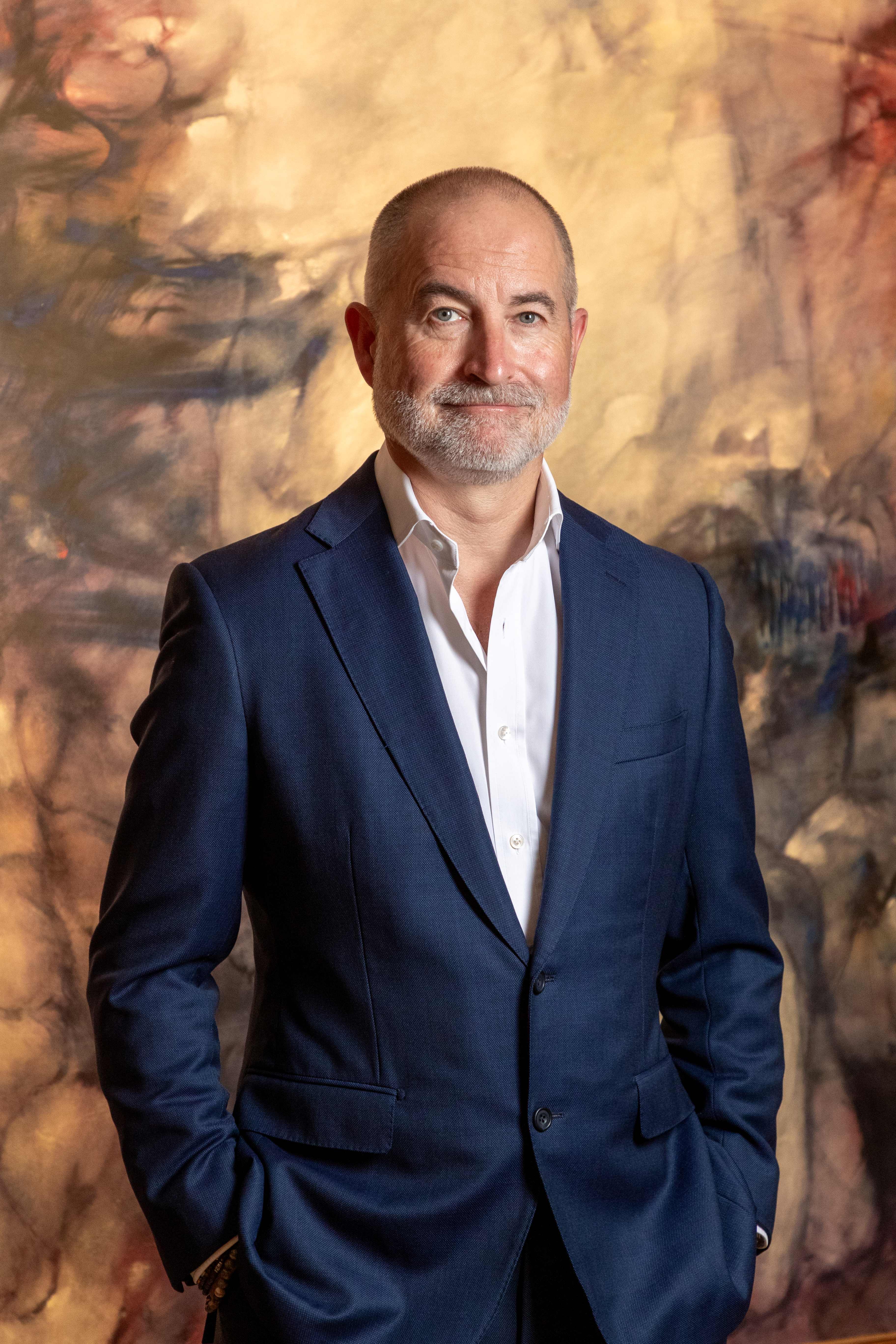
Christian, your professional career was in finance. When did your passion for art begin?
Christian Levett: I worked in finance for twenty-five years and retired in 2016. I’ve always had a passion for collecting: even as a boy, I collected coins and medals. I grew up in Essex, in a family of modest means. My parents, however, loved history and often took me to museums, churches, castles, and archaeological sites. That’s how my curiosity about Roman and medieval history first began.
Do you remember the exact moment you became a collector?
Christian Levett: Yes—in Paris, where I had moved from London for eighteen months to work for an American company. Paris was my real school: I spent hours at the Louvre and was especially drawn to the galleries of 17th-century Dutch and Flemish painting. It was there that I bought my first two paintings in a gallery: one by Egbert van der Poel (1621–1664), from 1640, depicting a fire in Delft, and a portrait of a knight by Ignacio León y Escosura (1834–1901). I even remember the price: about £7,000.
How has your collection evolved over the years?
Christian Levett: At the beginning, I immersed myself in the catalogues of the great auction houses—Christie’s, Sotheby’s, Bonhams. I continued collecting Old Masters, with a particular focus on medieval art, the great passion of my childhood. Later, I turned to Impressionism and Post-Impressionism, acquiring mostly drawings, as well as 18th- and 19th-century natural history books. Eventually, my deep interest in ancient history led me to classical antiquities, especially weapons and armour.
In that field, you created the most important private collection in the world. How did you manage to do that?
Christian Levett: The credit isn’t mine alone. Between 1980 and 2001, Axel Guttmann acquired practically all the ancient weapons and armour available on the market. After his death, his family decided to disperse the collection through auctions. It was at that point that I purchased many of the most significant pieces, later supplementing them with other acquisitions as they appeared.
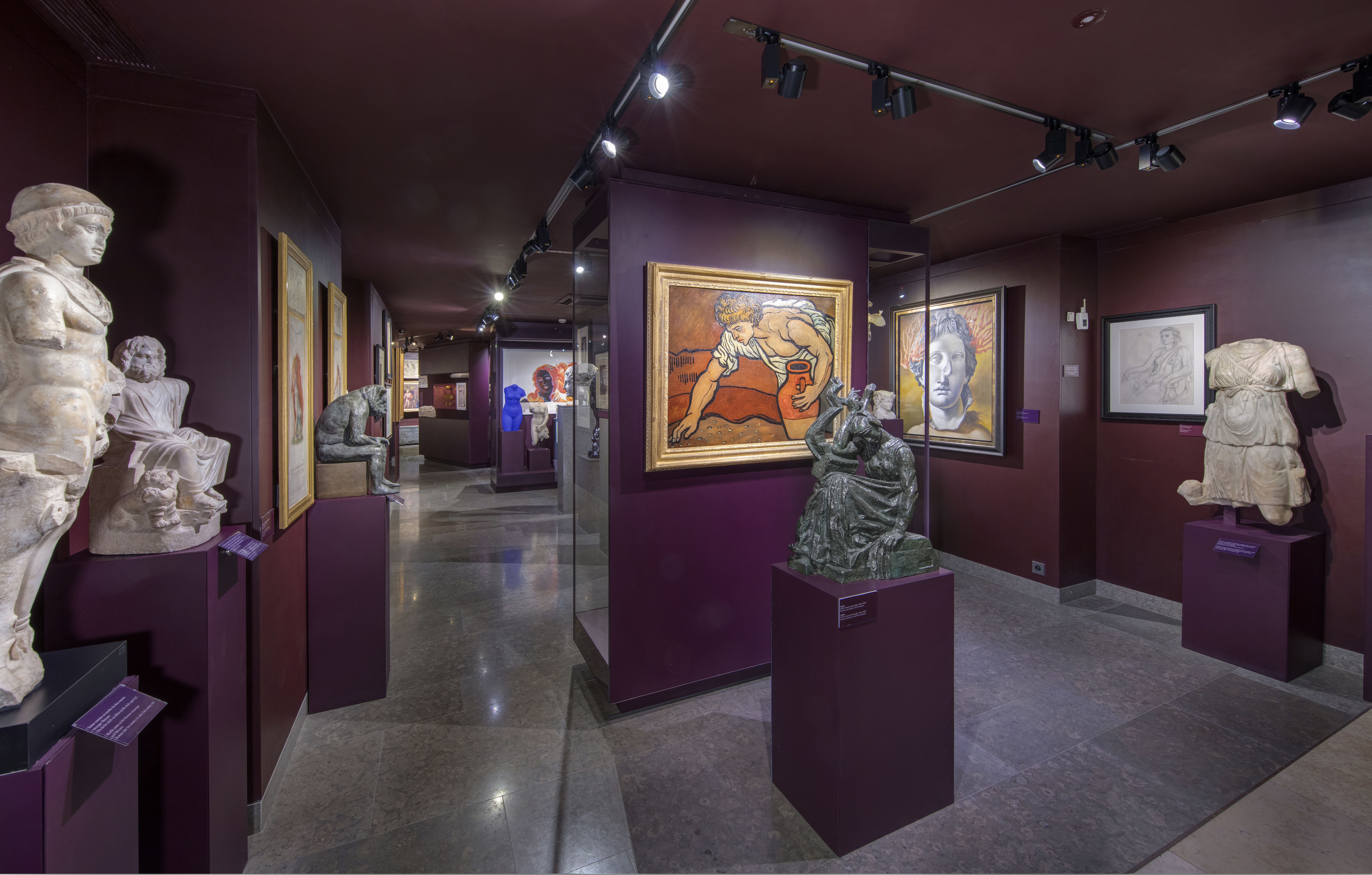
In 2011, you opened your collection to the public with the inauguration of the Mougins Museum of Classical Art in the south of France. What led you to make that decision?
Christian Levett: By 2009, the collection had grown to a remarkable size: I had amassed a vast array of classical antiquities and, at the same time, had begun collecting modern art. Managing it all was becoming complicated—most of the works were in storage, and museums and curators were constantly asking to see them. I had never really thought of my collection as a “museum” collection: I bought purely out of passion, almost compulsively. It was the editor of Minerva—a magazine I would later go on to purchase—who suggested opening a private museum. It turned out to be the only way to properly preserve the works while also making them accessible to the public. So, in 2011, I founded the Mougins Museum of Classical Art, which was named Museum Opening of the Year by Apollo magazine.
So the museum was a natural consequence of your collecting habits.
Christian Levett: Exactly. Collecting has always been my driving force—and, in part, I think it was also a kind of addiction: the hunt for a work, the excitement of the purchase, the thrill of discovering a rare painting or ancient object. One example that comes to mind is the exceptionally rare bronze head of Augustus (1st century AD), which was on display in the museum for years and which I decided to keep when I sold most of the collection two years ago.
In 2023, you sold the major works from the Mougins Museum at Christie’s, and in 2024 you reopened the space with a new identity. The FAMM – Femmes Artistes du Musée de Mougins – is now entirely dedicated to women artists. What inspired this radical shift?
Christian Levett: I began collecting works by female artists in 2014, and by 2018 I had decided to focus exclusively on them. The market revealed an extraordinary availability of high-quality 20th-century works by women, while the male-dominated market had become saturated and prohibitively expensive. I began exploring the work of leading Abstract Expressionists—Helen Frankenthaler, Lee Krasner, Joan Mitchell, Elaine de Kooning—and discovered that their masterpieces could still be acquired for a fraction, sometimes a tenth or less, of the price commanded by their male counterparts. I realised there was an opportunity to build an entire museum collection dedicated to women artists—and that almost no one else was doing so. After the publication of Abstract Expressionists: The Women, which generated significant interest from museums, it felt natural to turn this vision into reality: a museum devoted entirely to them.
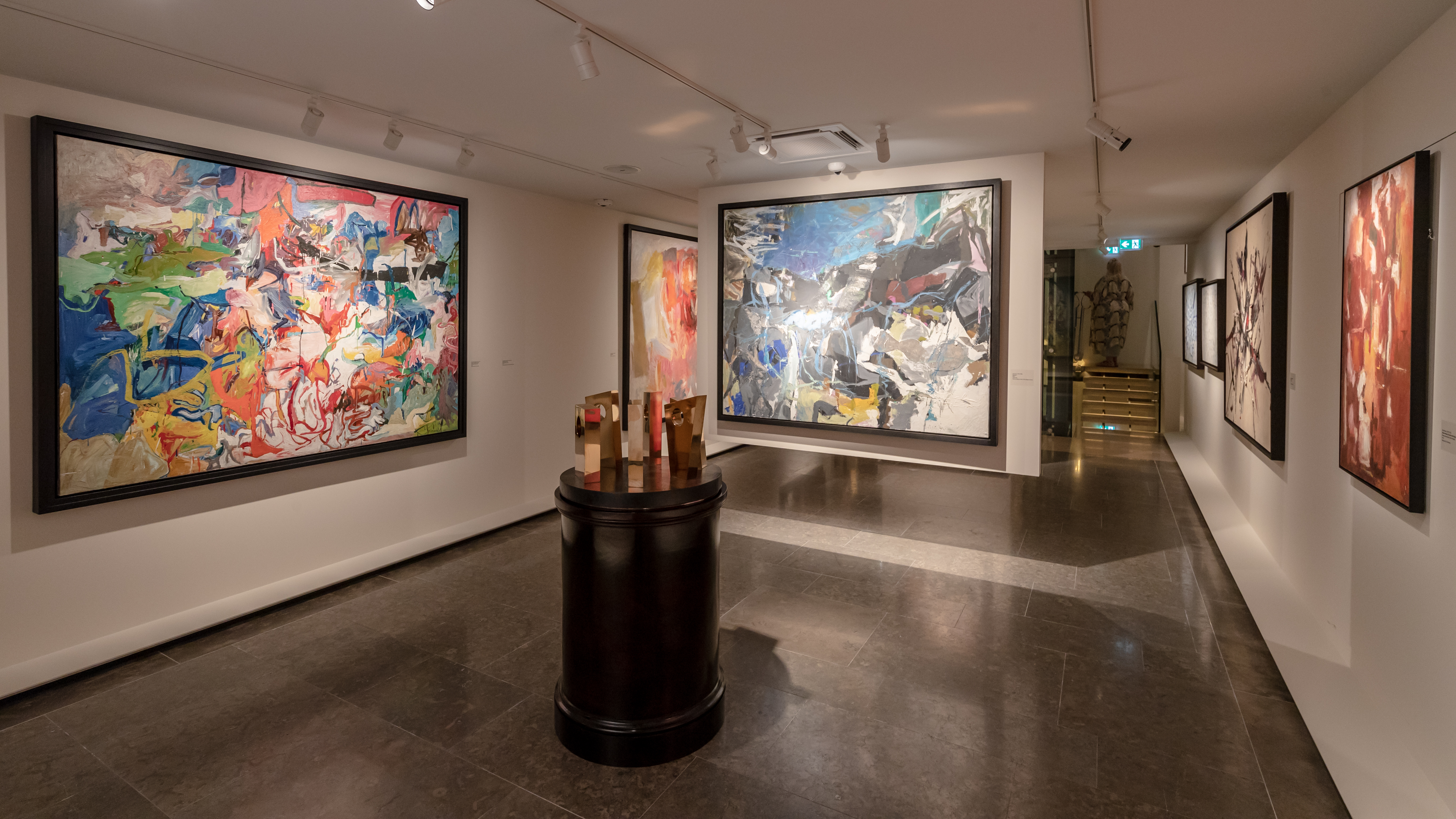
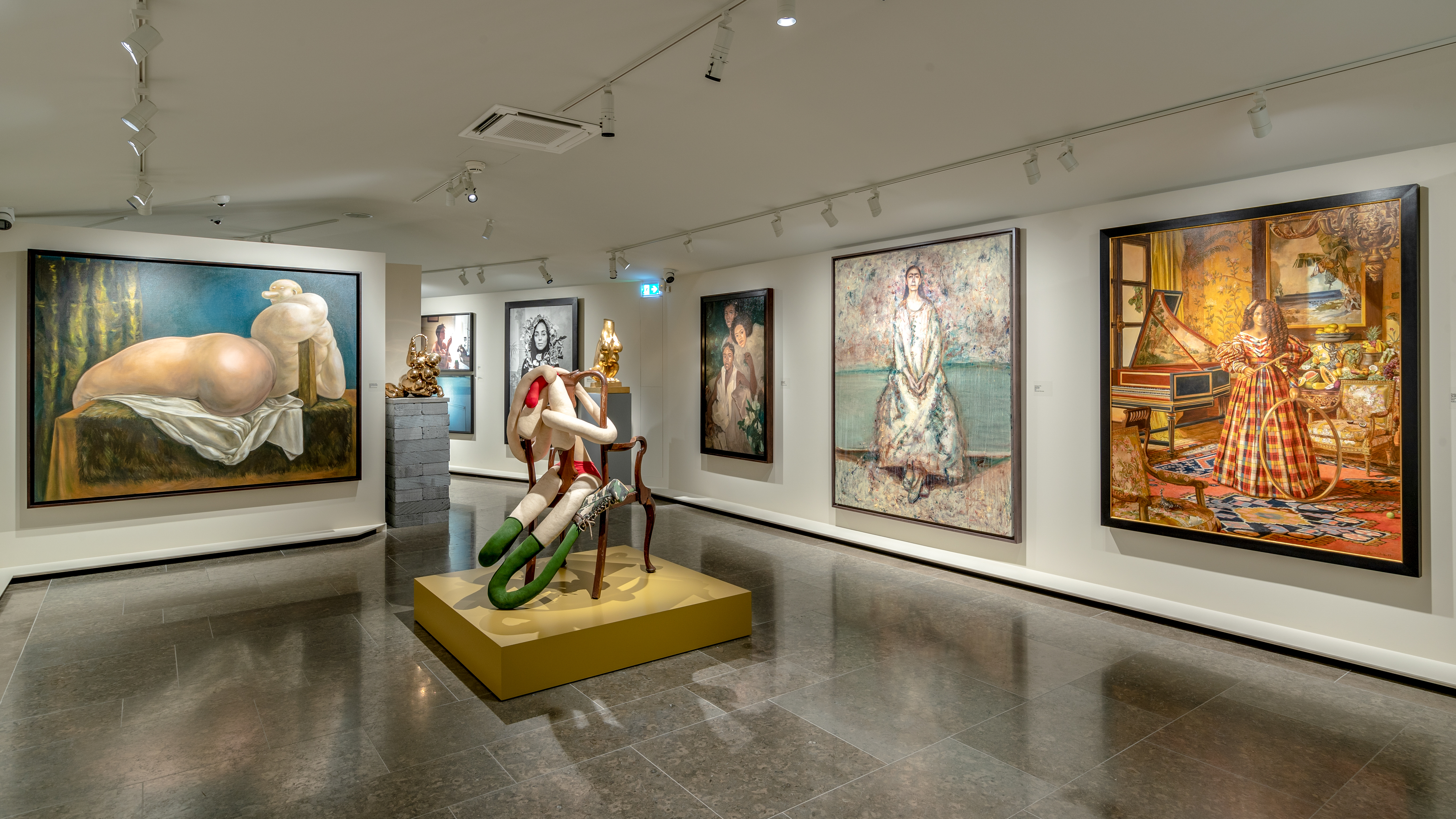
Which artists can be found at FAMM today?
Christian Levett: The exhibition is dynamic and updated regularly. The journey begins with the Impressionists and Post-Impressionists—such as Mary Cassatt and Eva Gonzalès, who remain undervalued in today’s market—and continues with the Surrealists, including Leonora Carrington, Leonor Fini, and Dorothea Tanning. The museum then moves into the post-war and contemporary periods, featuring figures such as Dora Maar, Louise Bourgeois, Marina Abramović, Sarah Lucas, Tracey Emin, Jenny Saville, and Jesse Mockrin, among others.
But aren’t you afraid that a museum dedicated exclusively to female artists might risk ghettoising them?
Christian Levett: In many standard art history books—from Ernst Gombrich’s The Story of Art to Irving Sandler’s The Triumph of American Painting—not a single woman appears. For decades, the same was true in museums, where collections were almost entirely made up of works by men, and no one questioned it. Today, for the first time in Europe, it is possible to visit a museum devoted entirely to women artists. I don’t see this as a separatist gesture, but as a necessary rebalancing of an art history that has long been skewed. For me, it’s an opportunity.
Which artists or works in your collection are you most attached to?
Christian Levett: Prophecy by Lee Krasner (1956), painted during a particularly difficult moment in her relationship with Jackson Pollock. Krasner herself admitted the work had “disturbed her enormously,” to the point that she left it on the easel when she departed alone for France—just days before receiving the news of Pollock’s death in a car accident. Prophecy has been shown in more than seventy international exhibitions and remained at FAMM for eight months. It is now preparing to embark on a new tour of the United States, alongside other works from my collection.
Some of your paintings are housed in your Florentine palace, which resembles a private museum more than a home.
Christian Levett: Yes. In March 2021, I redecorated my residence in Florence, Palazzo Ristori, where I spend about six months of the year. Alongside paintings by female artists, I also have many antique objects and furnishings, many of which I acquired in Italy.
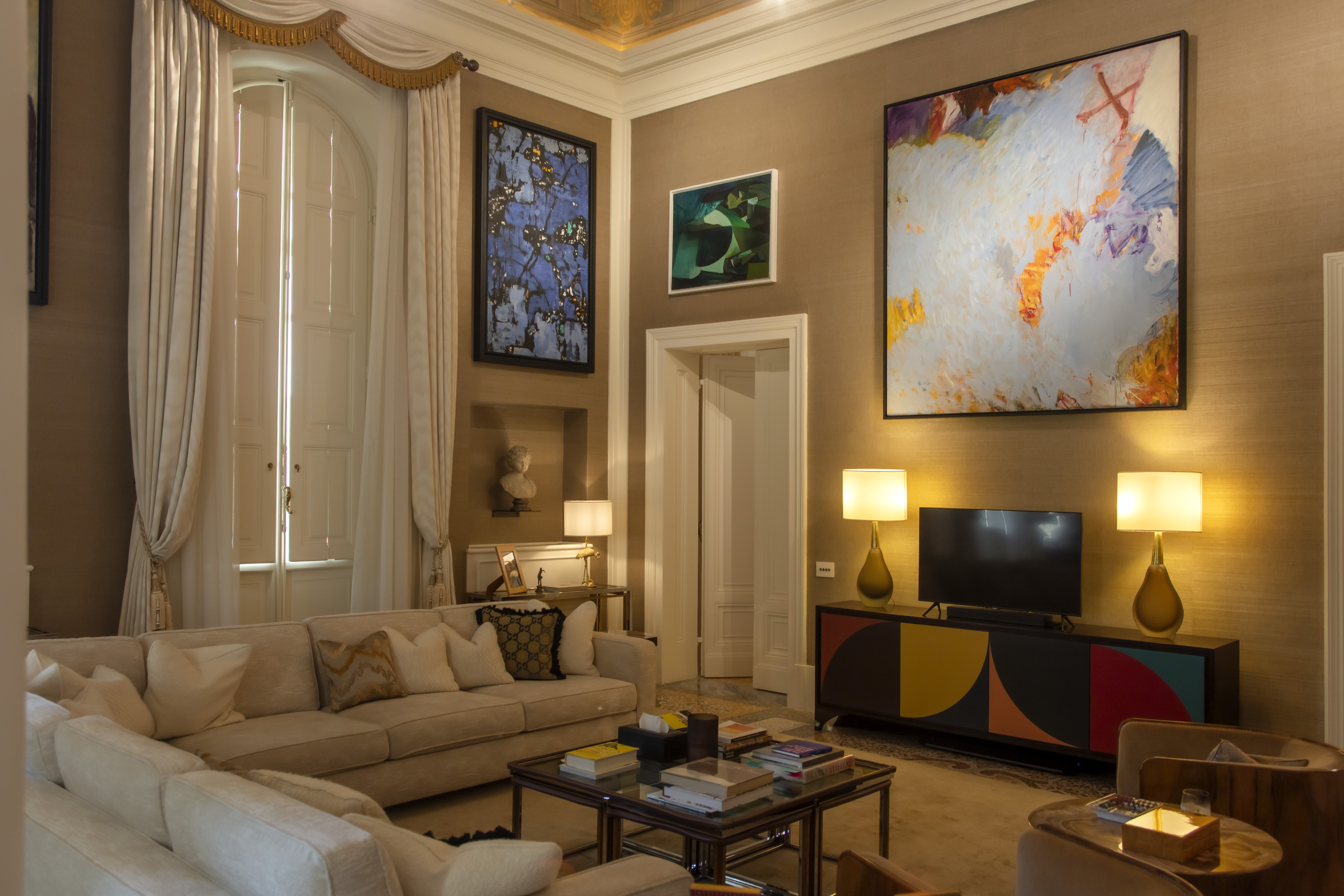
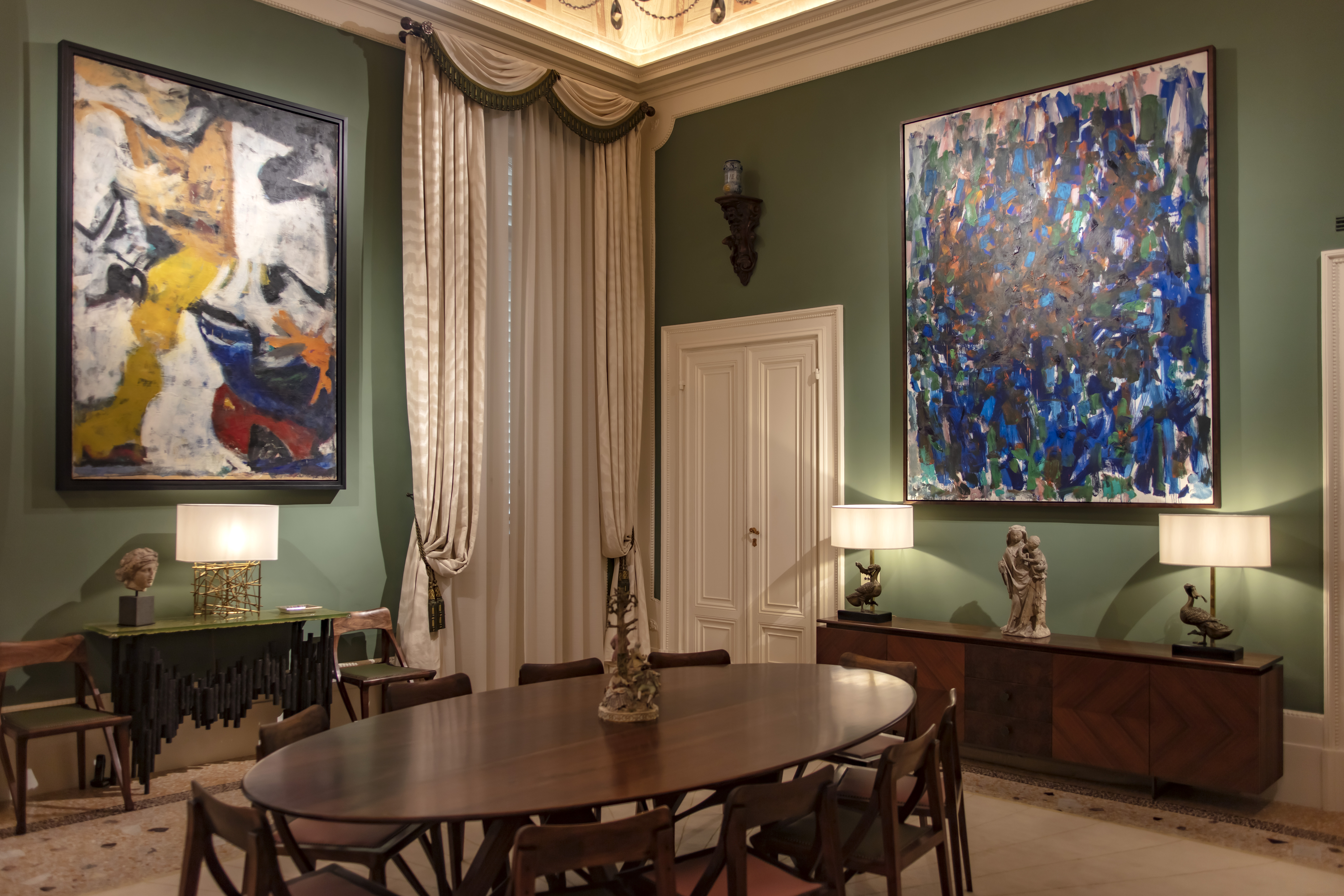
Do you imagine ever rethinking your collection?
Christian Levett: No. My decision to focus exclusively on women artists is final and will be carried on by my son. It’s a dynamic field—stimulating from a research perspective and supported by a steadily expanding market. Modern and contemporary women’s art is now the most vital sector of the market: demand is rising, the number of female collectors is growing, and more and more museums are working to fill the gap in representation.
Speaking of the market, what are your preferred channels for acquiring new works?
Christian Levett: I buy wherever quality can be found: through advisors, galleries, and international auction houses. The channel itself doesn’t matter, as long as the provenance is clear and the work is strong.
What guides your choices—intuition, love at first sight, or more rational criteria?
Christian Levett: First and foremost, there has to be an emotional impact: a work must speak to me, conveying something through its composition, colour, and the ideas it embodies. After that, I look at provenance, date, quality, condition—and of course, price. I’m not prepared to pay unreasonable sums, but when the chance arises to acquire an absolute masterpiece, I’m willing to make an exception.
What are your most recent acquisitions?
Christian Levett: In Seoul, I acquired works by Korean artists Ming Jung Woo, Sooryeon Choe, and Eunsil Lee, as well as a piece by Clare Rojas.
And what are the dream works—the ones you still hope to add to your collection?
Christian Levett: I would love to own a Joan Mitchell canvas from the 1950s, but prices have now risen far beyond the £5–6 million that I usually consider my upper limit. Another dream would be a masterpiece by Remedios Varo, whose works are now reaching around £9 million. In any case, I can honestly say I am already very satisfied with my collection.
1 October 2025


